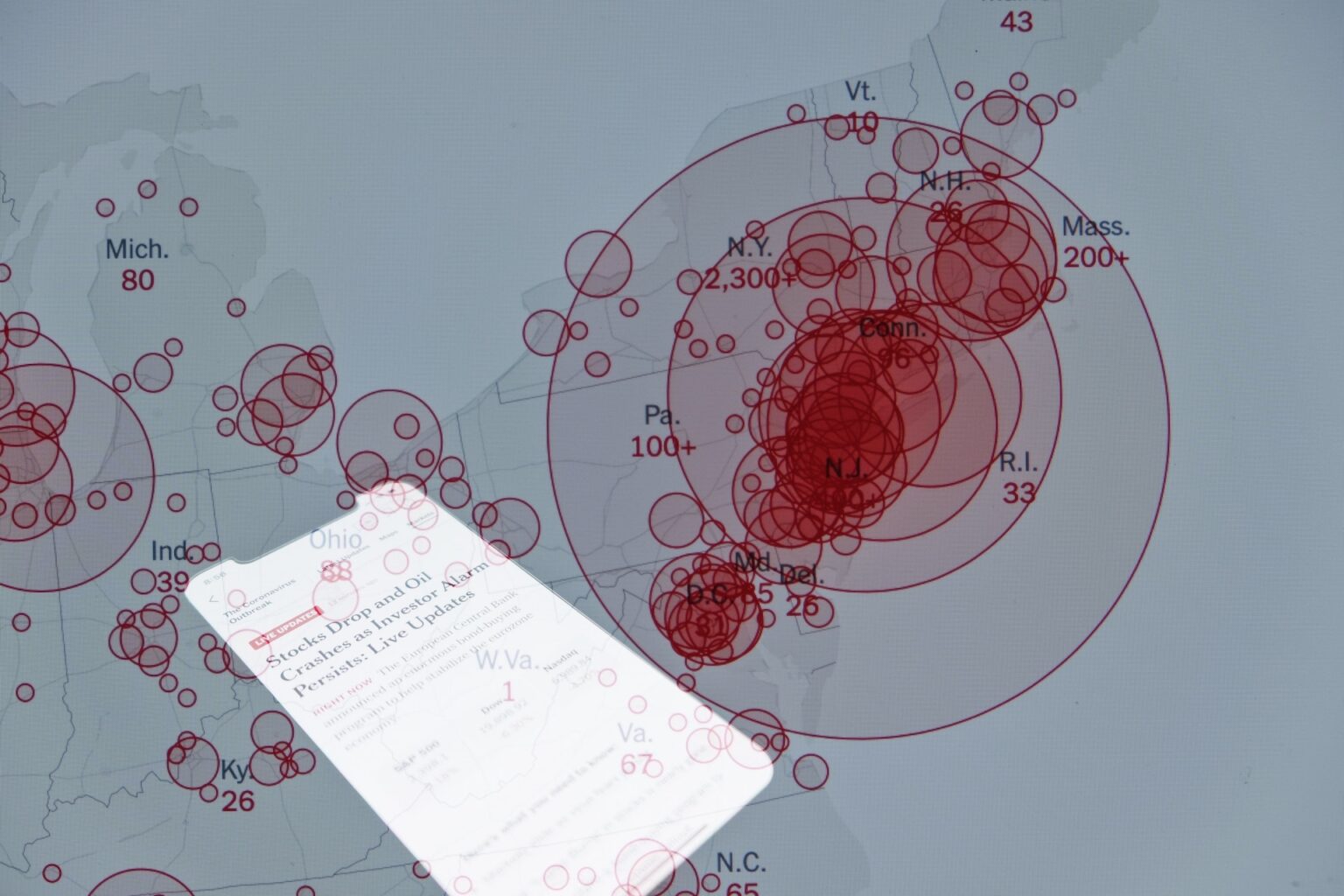
Types of Viral Social Media Content Everyone Should Know About
Misinformation and fake posts on social media have become increasingly prevalent in recent years, with many going viral and reaching a wide audience. The purpose of these viral media posts can vary, but in general, they are designed to either drive traffic or the creators are trying to scam people out of their money. Posts that are designed to drive traffic are usually outlandish, ridiculous, or driven by controversy. Scam posts are often the same, or they may take the form of legitimate businesses or charities looking for money. Some of the most common forms of social media fake posts or misinformation that go viral include:

Clickbait Headlines
These are sensational or misleading headlines designed to attract clicks and generate traffic to a website. They often use exaggerated or misleading language to get people to click on the post and the content usually doesn’t live up to the headline. In some cases, the article doesn’t even have the same content as the headline or post photo shows. While these types of posts don’t usually scam people out of their money, they do “steal” time because the reader isn’t given the information they were promised. In some cases, the websites or social media accounts connected with the clickbait article can actually contain dangerous content or be designed to scam readers.
False or Misleading Information
This includes misinformation about a variety of topics, such as politics, health, and current events. False information can be spread through memes, posts, and articles that have no basis in fact. In many cases, the purpose of false information isn’t to mislead the public, it is to create controversy and drive traffic. In other cases, the creators of the posts or memes are trying to sway public opinion and do it through an intentionally false narrative. Finally, in some rarer cases, misleading information is created and shared by people who truly don’t know that the information is false, and they aren’t intending to mislead anyone. Sometimes these posts contain hurtful false information about cold cases or missing people, such as Ava Baldwin, a girl missing from Texas.
Fake News
This is a deliberate attempt to mislead readers by presenting false information as if it were true. Fake news stories are often shared on social media because they are sensational, provocative, or designed to reinforce existing prejudices. While fake news stories are similar to misleading information, they can vary in that they often take the form of real, researched news articles and have sometimes even been written and published by well-known and trusted news organizations. In other cases, the misleading information was designed to look like it was being promoted by a well-known news organization but it was being created by someone else.

Out-of-Context Content
This involves taking a piece of information or quote out of context and using it to support a particular point of view. This can be particularly damaging when it comes to politics, where a single statement can be twisted to support a false narrative. In most cases, the original creator of these posts is probably doing it intentionally to fan the flames of division, create controversy, or prove a political point. However, in many cases, these posts, like other viral posts, aren’t intended to promote one particular view as much as they are intended to drive traffic or increase the number of clicks and views a particular account receives.
Conspiracy Theories
These are false or unproven ideas that are often circulated on social media, claiming that powerful groups or individuals are secretly controlling the world or hiding the truth about a particular event. There is nothing new about conspiracy theories as they existed long before social media. However, the ease with which people can add “evidence” or increase the exposure of these theories and the speed at which they can grow and be passed around has increased rapidly since social media became popular. In fact, many people on social media have taken part in passing along an unproven theory at some time or other, often unconsciously. When taken to the extreme, conspiracy theories can be dangerous, as they can lead to distrust of institutions and individuals, and even inspire violence.
Doctored Images and Videos
These involve manipulating images and videos to make them appear to be real when they are not. In other cases, the images or videos are real but the way they are edited can make the situation seem different than it actually was. Examples include videos of fights or altercations that have the initial contact edited out to make the wrong party seem guilty. In other cases, the caption that accompanies an unedited picture is misleading and claims that the picture was taken at a different time or place than it really was. In many cases, these pictures are used as “proof” for conspiracy theories or political scandals.

Satirical Content
Satirical writing is when articles are meant to be humorous or sarcastic, and in many cases are designed to mock or bring to light a conspiracy, silly trends, or political situation. Unfortunately, these articles can often be mistaken for real news by people who take it at face value. In many cases, the satire is lost on the reader and they take the sarcastic nature of the post to be supporting the very thing it was intended to criticize or mock.
Hoaxes
These are fake stories or claims that are designed to fool people into believing something that is not true. Hoaxes can take many forms, such as fake news stories, photoshopped images, or videos that have been edited to create a false impression. Many hoax posts have been circulating on social media for years, including hoaxes about the social media platform itself. Depending on the nature of these hoaxes, they may or may not be dangerous. Some hoaxes are designed to be taken as fake news and increase clicks and drive traffic.
Conclusion
No matter what kinds of social media platforms you choose to use, and what kinds of posts you read and share, it’s important to be able to recognize these kinds of viral posts and the damage they can do when they are shared or believed. Everyone needs to be better-informed consumers and followers and carefully evaluate the likelihood and truth of all posts and memes they come across.







